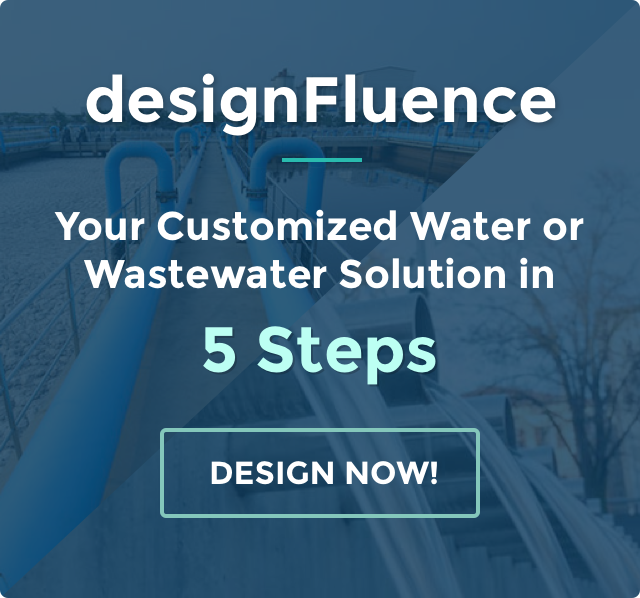Sustainability and Environmental Impact
Fluence is demonstrating an ongoing commitment to increasing sustainability in all segments of water and wastewater treatment
The world's population is growing and the competition for resources is increasing. At Fluence, we're committed to doing our part to operate sustainably. Our innovative solutions contribute to resource conservation, energy savings, the generation of energy from waste, and the reuse of water.
Advanced MABR wastewater treatment technology is one example of Fluence's focus on energy efficiency. MABR is used in Fluence's Smart Packaged Aspiral™ plants, which are ideally suited for a decentralized approach to wastewater treatment in a world where a billion people do without it. Decentralization not only stands to increase access to clean water, but it does so with potential savings of more than 1 million GWh of electricity, the equivalent of more than 700 million metric tons of carbon dioxide.
At Fluence, we're committed to the Sustainable Development Goals (SDGs) set forth by the United Nations. This collection of 17 global goals is designed to be a "blueprint to achieve a better and more sustainable future for all." We are proud that our operations and solutions are currently delivering on 10 of the UN's SDGs.
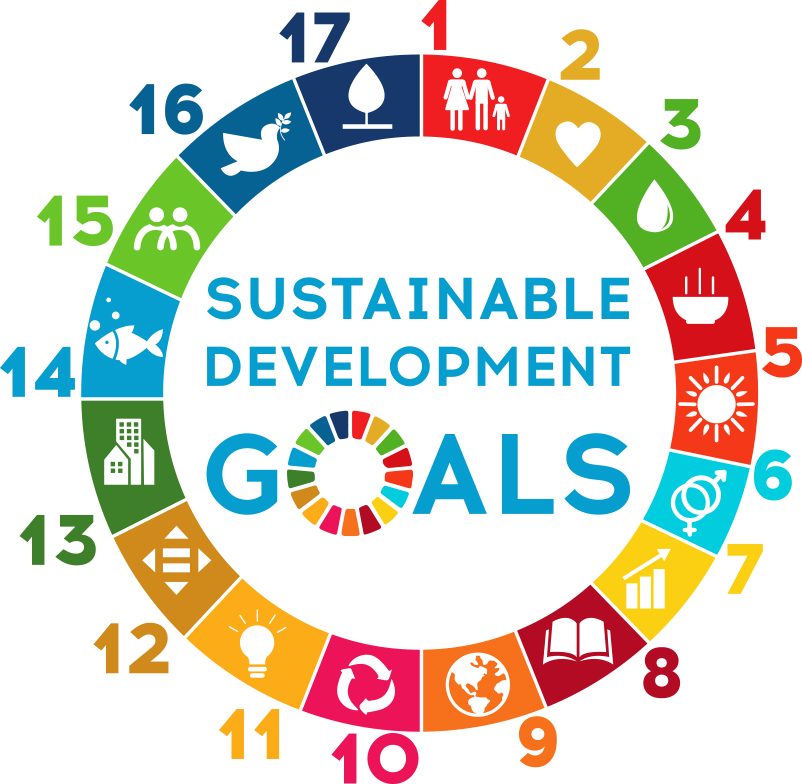
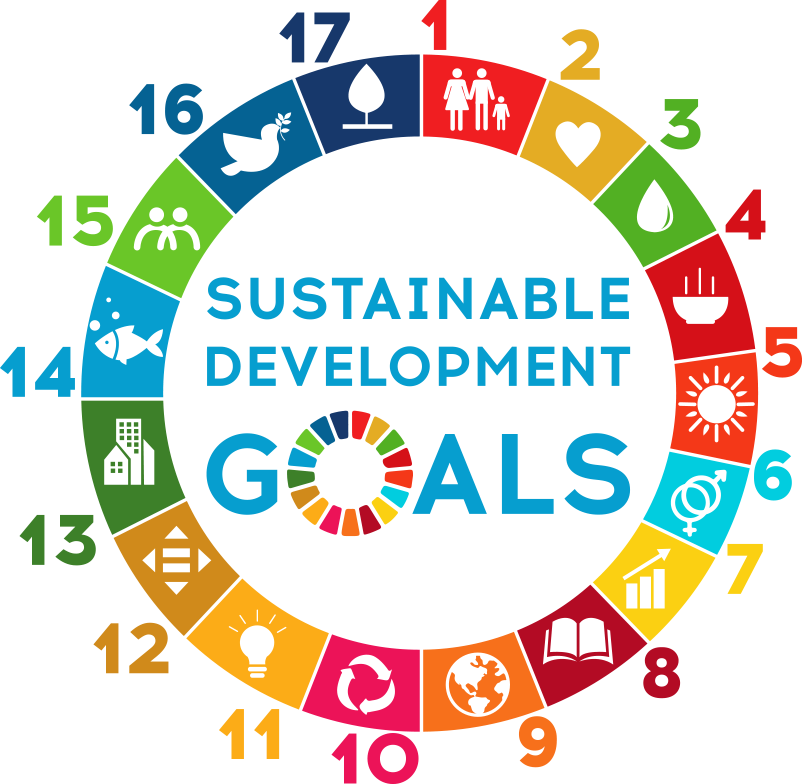
Sustainable Development Goals Delivered by Fluence
Fluence's mission is to deliver clean, safe water to wherever it's needed around the world. In this quest, we are making great progress in meeting the U.N.'s SDGs, including:
Good Health and Well-being
![]() Fluence treats 58.8 billion gallons (222.7 billion L) of wastewater annually, and removes dangerous contaminants from the environment. Because clean water and health are closely linked, water pollution kills more than wars and all violence combined: Each year, 3.4 million people, mostly children, die from water-related diseases.
Fluence treats 58.8 billion gallons (222.7 billion L) of wastewater annually, and removes dangerous contaminants from the environment. Because clean water and health are closely linked, water pollution kills more than wars and all violence combined: Each year, 3.4 million people, mostly children, die from water-related diseases.
Gender Equality
![]() A lack of local water infrastructure means that 2.1 billion people worldwide have to carry water, a task that falls mainly to women and girls. On average, they spend their days walking 3.7 miles (6 km) and carrying 110 pounds (50 kg) of water. Fluence's distributed water treatment and reuse solutions provide local access to clean water, freeing women from this grueling labor.
A lack of local water infrastructure means that 2.1 billion people worldwide have to carry water, a task that falls mainly to women and girls. On average, they spend their days walking 3.7 miles (6 km) and carrying 110 pounds (50 kg) of water. Fluence's distributed water treatment and reuse solutions provide local access to clean water, freeing women from this grueling labor.
Clean Water and Sanitation
![]() Water scarcity affects more than 40% of people around the world at some time, an alarming figure that’s projected to rise as temperatures do. By 2050, it's projected that at least one in four people will suffer from recurring water shortages. Fluence's strategy and goals are aimed at improving sanitation and water accessibility, especially in places with severe water stress.
Water scarcity affects more than 40% of people around the world at some time, an alarming figure that’s projected to rise as temperatures do. By 2050, it's projected that at least one in four people will suffer from recurring water shortages. Fluence's strategy and goals are aimed at improving sanitation and water accessibility, especially in places with severe water stress.
Affordable and Clean Energy
![]() Fluence's anaerobic digestion technology generates 156 GWh of renewable electricity each year. Wastewater byproducts can be turned into methane gas, which in turn produces heat or electricity, making wastewater treatment an energy-positive process and a good source of clean energy.
Fluence's anaerobic digestion technology generates 156 GWh of renewable electricity each year. Wastewater byproducts can be turned into methane gas, which in turn produces heat or electricity, making wastewater treatment an energy-positive process and a good source of clean energy.
Decent Work and Economic Growth
![]() Water demand doesn't merely increase with population growth -- it increases proportionally to a country's GDP, particularly water demand for industry. And, proper water infrastructure enables people to pursue better jobs than carrying water, encouraging economic growth.
Water demand doesn't merely increase with population growth -- it increases proportionally to a country's GDP, particularly water demand for industry. And, proper water infrastructure enables people to pursue better jobs than carrying water, encouraging economic growth.
Industry, Innovation and Infrastructure
![]() Water and wastewater treatment today follow an outdated model from the early 20th century, one relying on giant centralized plants as well as extensive in-ground piping networks connecting these plants to users. Decentralized treatment is more affordable, quicker to deploy, and easier to maintain than centralized treatment, and it facilitates water reuse.
Water and wastewater treatment today follow an outdated model from the early 20th century, one relying on giant centralized plants as well as extensive in-ground piping networks connecting these plants to users. Decentralized treatment is more affordable, quicker to deploy, and easier to maintain than centralized treatment, and it facilitates water reuse.
Sustainability Cities and Communities
![]() Today's cities often have thousands of miles of piping infrastructure to maintain, much of it more than 100 years old. Because most of it is underground -- and under buildings -- repairing and replacing the pipes is prohibitively expensive. The overlay of a decentralized system can bypass the old network, and deployment is fast and simple.
Today's cities often have thousands of miles of piping infrastructure to maintain, much of it more than 100 years old. Because most of it is underground -- and under buildings -- repairing and replacing the pipes is prohibitively expensive. The overlay of a decentralized system can bypass the old network, and deployment is fast and simple.
Responsible Consumption and Production
![]() Water and wastewater treatment use enormous amounts of energy. The world's wastewater treatment today uses more electricity than consumed by the entire country of France. In addition, over-extraction of water from aquifers can lead to their collapse, preventing future natural storage of water. Energy-efficient and energy-positive solutions are needed to address these intensifying challenges.
Water and wastewater treatment use enormous amounts of energy. The world's wastewater treatment today uses more electricity than consumed by the entire country of France. In addition, over-extraction of water from aquifers can lead to their collapse, preventing future natural storage of water. Energy-efficient and energy-positive solutions are needed to address these intensifying challenges.
Life Below Water
![]() Discharge of inadequately treated wastewater causes algal blooms, which kill fish, a vital source of protein worldwide. Fluence's wastewater solutions provide reliable effluent quality, removing harmful nutrient pollution that induces deadly algal blooms.
Discharge of inadequately treated wastewater causes algal blooms, which kill fish, a vital source of protein worldwide. Fluence's wastewater solutions provide reliable effluent quality, removing harmful nutrient pollution that induces deadly algal blooms.
Life on Land
![]() The world's population is predicted to hit 9.7 billion by 2050, and increasing urbanization and industrialization reduce the amount of land available for farming. And, climate change means more frequent and severe droughts, requiring more food to be produced from less land, using less water. Water treatment and reuse efficiency are keys to meeting this objective.
The world's population is predicted to hit 9.7 billion by 2050, and increasing urbanization and industrialization reduce the amount of land available for farming. And, climate change means more frequent and severe droughts, requiring more food to be produced from less land, using less water. Water treatment and reuse efficiency are keys to meeting this objective.
HOW CAN WE HELP YOU?
Sustainability Impact From Fluence Installations
Together, Fluence’s NIROBOX™, MABR, and anaerobic digestion solutions offset 168,600 tons of carbon dioxide a year. Here are some other examples of how Fluence products are making a contribution to achieving the United Nations SDGs:
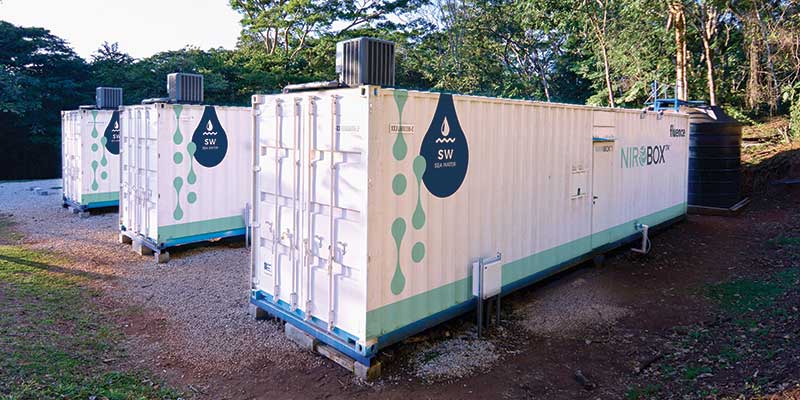
Drinking Water
Our solutions produce 222 BILLON LITERS of drinking water a year.
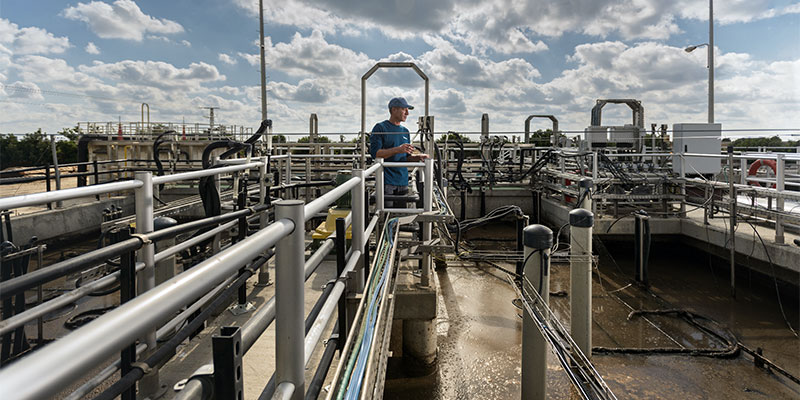
Wastewater Treatment
Fluence's wastewater solutions treat 126 BILLON LITERS a year, with nitrous oxide emission savings of 297 tons a year.
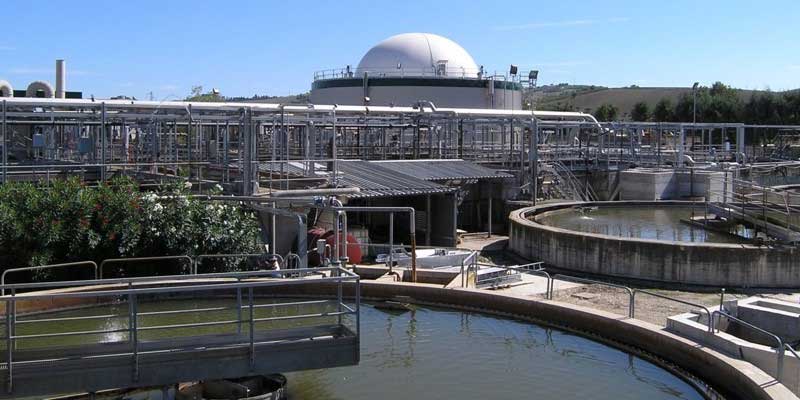
Waste-to-Energy
They produce 206 GWh of clean energy a year, offsetting the equivalent of 145,500 METRIC TONS of carbon dioxide.
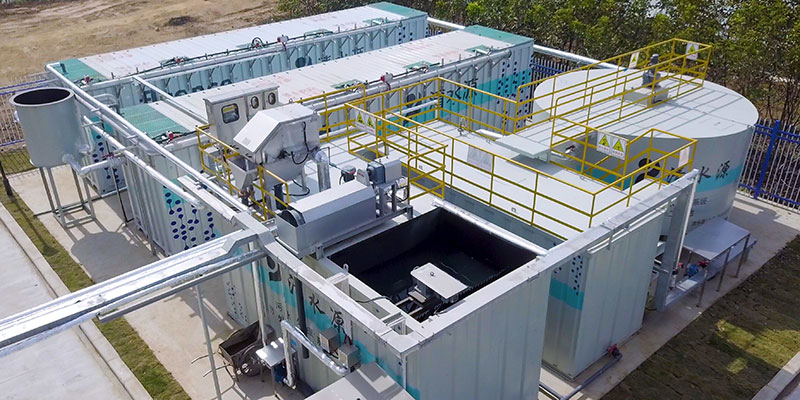
Smart Packaged Treatment
Together, Fluence's Smart Packaged Aspiral™ and NIROBOX™ lines save 34 GWh a year over conventional technologies, offsetting the equivalent of 24,500 METRIC TONS of carbon dioxide.
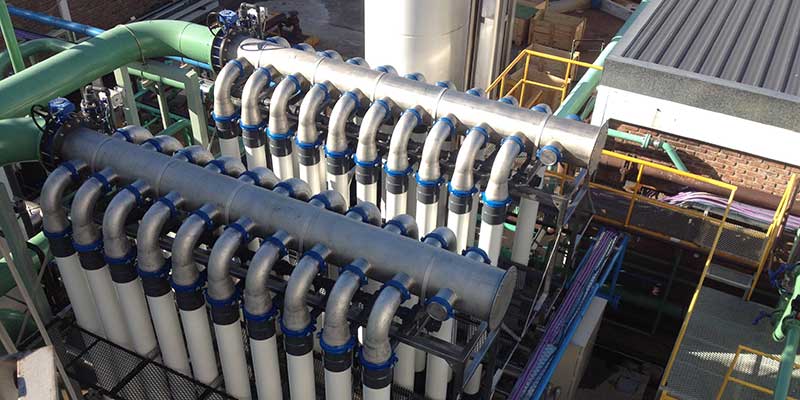
Water Reuse
Fluence solutions recycle 20.9 BILLON LITERS of wastewater a year.
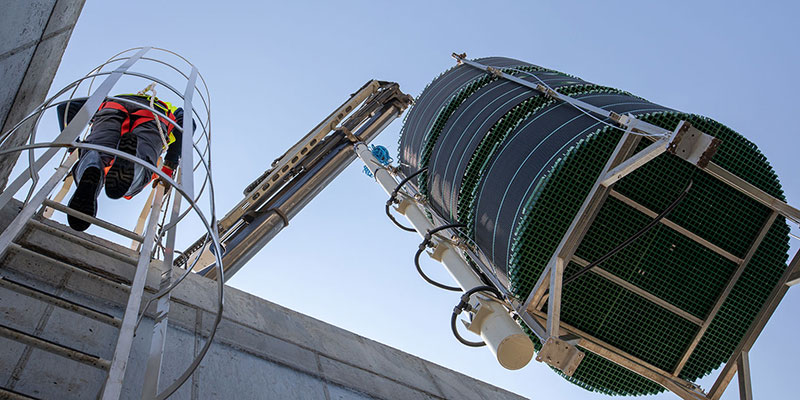
Nutrient Removal
Fluence MABR solutions remove more than 3900 METRIC TONS of nutrients from wastewater a year.

